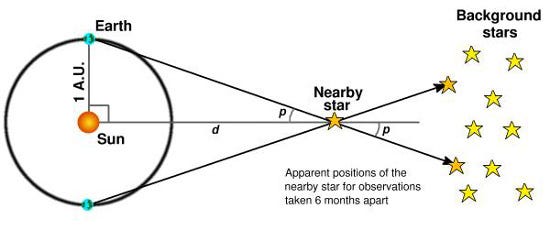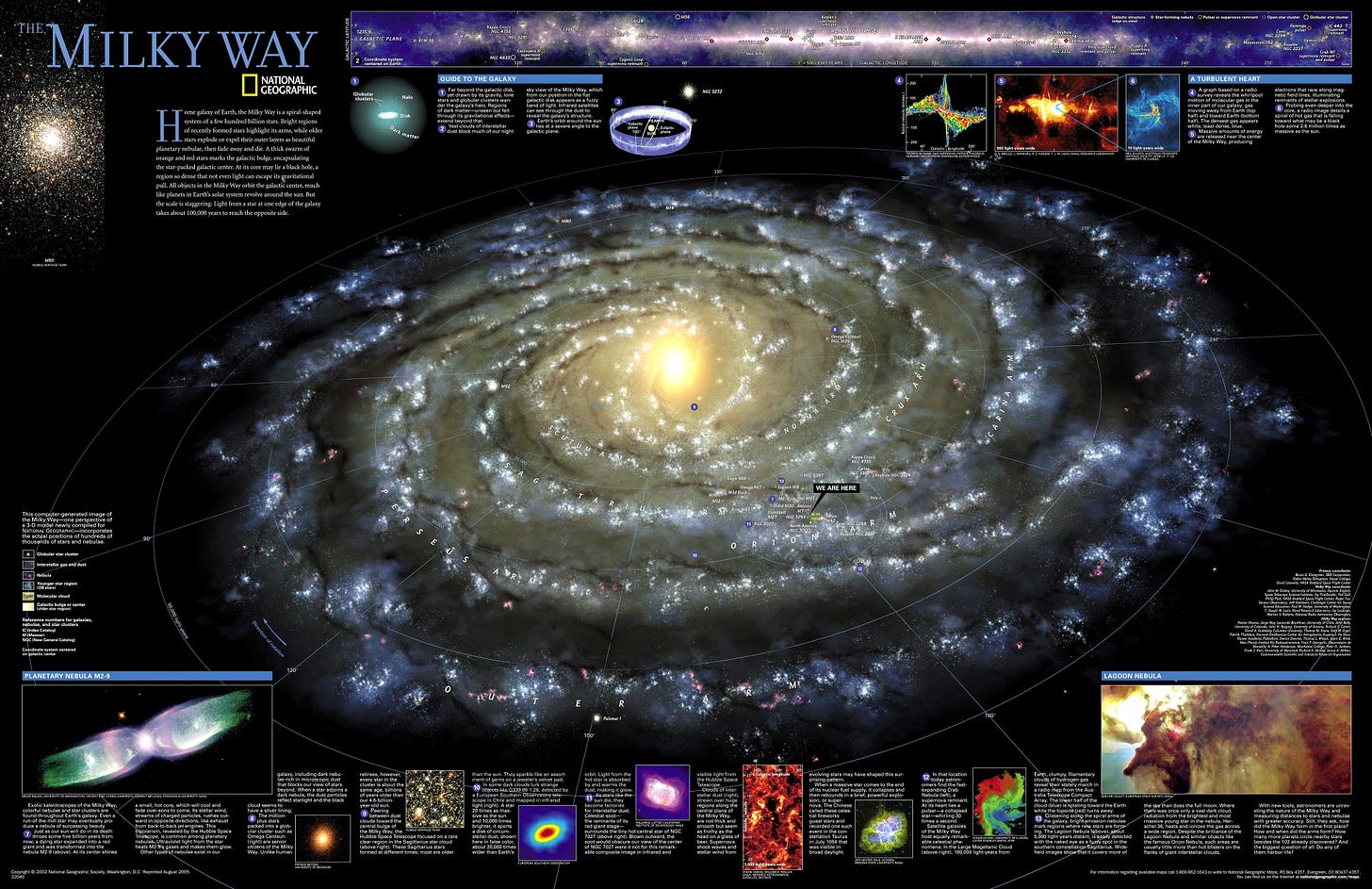Saturday, September 2, 2023
‘The Big Bang’ and $cientism. Part Two: ‘Redshifts’ and endless time.
$cientism in which a 100 year old theory goes looking for proof. Follow the money.
by StFerdIII
· First Post, background and general criticism of the Banging religion here
· Problems and issues with the Bangers ‘proof’ of Cosmic Microwave Background Radiation one of the three pillars of the religion here
Leaning Pillars
There are three major pillars holding up the Big Bang theology, none of which stand up to scrutiny. First, gravity and gravity alone determines the structure and movement of stars and galaxies. This is simply untrue given the weak force nature of gravity, and the presence of electromagnetism, a far stronger and more reliable natural law in explaining the construction of the universe.
The second ‘proof’ for the Bangers is Cosmic Microwave Background radiation or CMB, which is a theory suffering from many issues and anomalies which are obvious when analysing the Bangers own data. This theory postulates that the electromagnetic radiation observable and measurable in space, is a ‘relic’ or umbilic cord from the original explosion of the cosmic egg some 13.7 billion years ago.
There are now theories circulating that the universe is really ~30 billion years old based on some observations in 2023 from the James Webb Telescope. Time is what Bangers and Evolutionists need to make their theories tenable. Regardless of endless time hand-waving, using Big Banging’s own data, the CMB is a theory unsupported by observable data.
The third pillar is the ‘Redshift’ of objects, called ‘Hubble’s law’. Redshift (or a variation of the Doppler effect) is purportedly the phenomenon of the displacement of the spectrum of an astronomical object toward longer (red) wavelengths. It is a change in wavelength that occurs when a given source of waves (e.g., light, sound, or radio waves) and an observer are in rapid motion in opposite directions to each other.
However the ‘Redshift’ theory is also problematic as there is no confirmed way in which a galaxy may increase its alleged acceleration through the cosmos. This contradicts all of mainstream science’s beliefs. Hence the use of ‘Dark Energy’ as the ‘propelling agent’ thrusting massive weights of galaxies forward. This is to prevent ‘force of gravity’ and deceleration which in Bang theology, would cause an imploding universe. Bangers maintain that the ‘acceleration’ is a ‘relic’ of the original ‘explosion’. Dark Energy, like Dark Matter (plugging the holes in Einstein’s theorems) have never been proven to exist. But there is plenty of research money available to chase those holy grails. No alternative ideas or observations are entertained by the massive $25 billion p.a. investment machine which funds Big Bang cosmology.
Distance measurement
‘The Science’ will have us believe that measuring the distance from the Earth to a Star is a known ‘law’. It isn’t of course. It is all theory and speculation. The most common technique, which is also used in terrestrial GPS and Satellite systems, is triangulation or the ‘parallax’. It is believed that the Earth’s orbit around the Sun is 186 million miles. If a terrestrial observer sees a Star on Day 1, he can return 6 months later and see the Star in a different position. He can measure the angle and using trigonometry based on the Earth’s solar orbit mileage, derive a distance between the two points. This seems to be a rough estimation for Stars within 400 light years from Earth. A light year is 5.9 trillion miles in distance. A variation on this method was used by ancient astronomers including Aristarchus, Eratosthenes and Ptolemy.
Redlights and Distance
Since there is no direct method to measure the distance to stars which are more than 400 light years from the Earth (400 x 5.9 Trillion miles), cosmologists use the colour spectrum and the brightness of the Star to guess its distance. In this theory, astronomers view a distant star and determine its colour spectrum and compare this to the apparent brightness seen from Earth (that is, by looking at how dim the star has become once its light reaches Earth).
This is called the ‘Redshift’ effect, first proposed by Hubble in the 1920s and used by the Bangers to ‘prove’ that the Universe is ‘accelerating’ and the galaxies are moving away. However, there is plenty of evidence which contradicts this theory and disproves the entire idea of using the light spectrum to calculate distance. Even Hubble had his doubts about its reality and NASA has recently concluded that far flung galaxies are much brighter than one would expect within the 13.7 billion year cosmogony of the Bang theory. Again, we have theories from 100 years ago (Einstein, Hubble) carved into rock and waved around by the Prophets on Mount $cience as immutable truths. Overwhelming observational proof that they were wrong is simply ignored. This is hardly how real science operates.
Platform Earth and Light
When humans on platform Earth survey the Universe and its trillions of stars and galaxies, light is emitted from the distant bodies and sent back to our telescopes. We can look at the body and estimate its distance based on many assumptions as outlined above. One key assumption not mentioned is the speed of light in a vacuum. The speed of light is generally accepted to be 180.000 miles per second as determined by Einstein and his theory of relativity. For Einstein the speed of light is a constant. But is this true? There is a growing body of theory and evidence that the assumptions of the speed and constancy of light are incorrect.
It is becoming more apparent that the speed of light is affected by large objects, plasma and varies considerably over time and within the universe (Dicke’s theory). This is just another example of why ‘consensus’ means little in reality. Einstein’s speed of light ‘law’ was always a theory. There was little observational proof that it was correct. Some observations say the speed of light is slower, some maintain that it is faster than Einstein’s calculation. Whatever the case, it is clear that this is another area in which the Bangers are struggling, and the implications are enormous in measuring cosmological age and distances. If the speed of light constant is false, much of modern physics will need rewriting. More here

